In the era of deep integration, the KTMTD is no longer simply a "tariff-preferential territory" or "door to attract investment", but has truly become a strategic "card" to restructure the economy , expand the scope of creativity, "controlled experimentation" and increase national competitiveness.
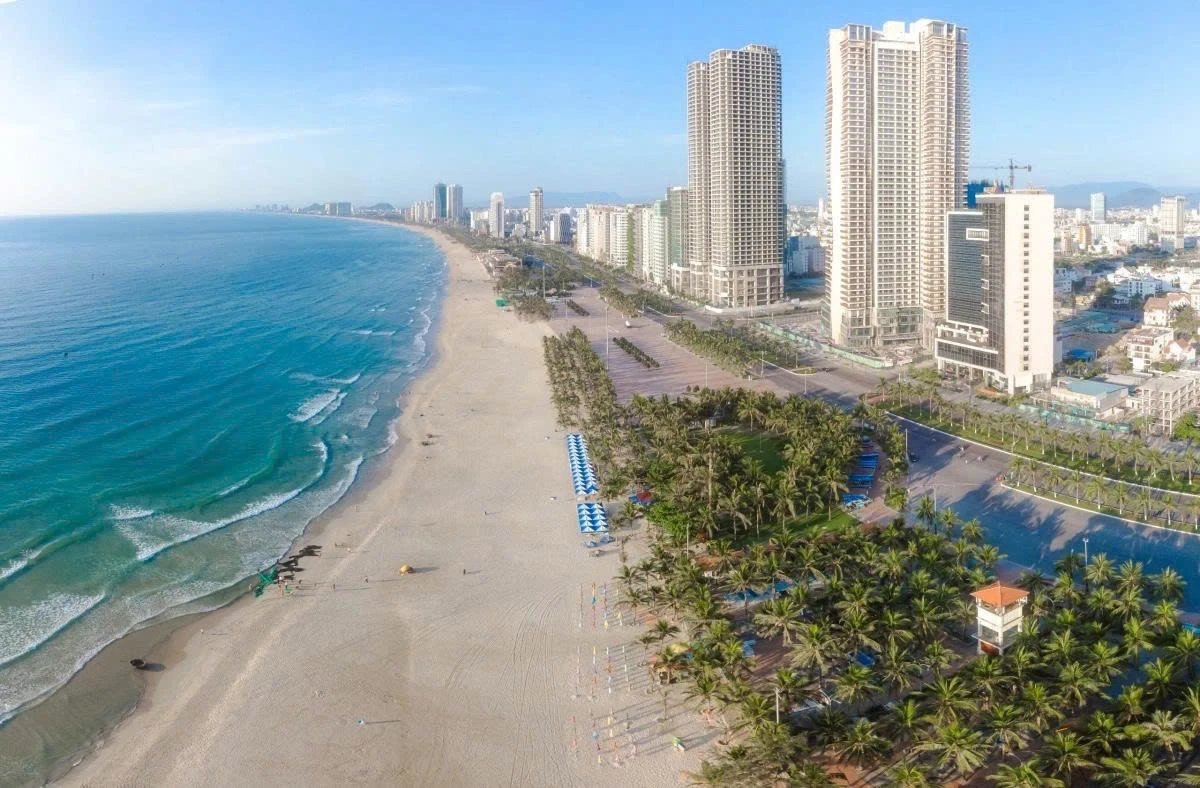 |
| The Free Trade Zone is considered a pillar of special mechanisms, creating momentum for the development of Da Nang city - Photo: VOV.VN |
China's strategic "card"
China's first free trade zone was established and officially put into operation in September 2013 in Shanghai, with the aim of piloting new reforms, attracting foreign investment and promoting international trade. This commercial zone covers an area of 120 square kilometers, located in Pudong District and consists of three areas: Waigaoqiao Bonded Area, Yangshan Port Area and Pudong Airport Free Trade Zone.
The development of China’s 22 SEZs over the past 10 years has paved the way for a reform strategy spanning coastal, inland and border areas as a symbol of the country’s high-level opening-up. By 2024, the 22 SEZs will have contributed 20% to total foreign trade and attracted about 282.5 billion USD in FDI, equivalent to 24.3% of total FDI in China, according to the Ministry of Commerce.
A distinctive feature of China's approach is that it views the SEZ not only as an investment incentive zone, but also as a space for institutional experimentation to reform administration, law and state operating mechanisms.
Instead of adopting a fixed policy framework, China implements each of its SEZs on a “controlled pilot” model—each zone is tasked with testing specific policies tailored to its regional characteristics, such as financial liberalization, investment procedure reform, or inter-regional cooperation.
The results after the pilot are adjusted and institutionalized in national laws, typically the application of the negative list mechanism in the Foreign Investment Law 2020. This approach demonstrates the mindset of gradual institutional reform, creating conditions for testing new policies in a risk-limiting environment.
Malaysia - lever of industrialization
In Malaysia, Free Trade Zones (FTAs) have been a significant contributor to Malaysia’s industrialization and export growth over the past five decades. FTAs in Malaysia are designated areas where commercial and industrial activities are carried out under the supervision of the Ministry of Finance of Malaysia. Malaysia has also enacted the Free Zone Act 1990, which regulates issues related to FTAs. Port Tanjung Pelepas, Port Klang… are major FTAs in Malaysia. FTAs provide domestic and international companies with the benefits of reduced transportation and handling costs, time savings and increased efficiency.
The main function of KTMTD is to facilitate trade by providing simple and efficient customs procedures. In terms of connectivity, Malaysia is one of the Asian countries with a well-developed transport infrastructure.
Malaysia’s well-connected air, sea and road networks ensure efficient domestic and international freight movement. To support import and export activities, all KTMTDs in Malaysia are strategically located near ports, airports, highways and railways. This strategic location allows for seamless movement of goods and raw materials, minimizing transit time.
Singapore - global transit hub
In Singapore, Free Trade Zones were established in 1969 to further the goal of becoming a hub for international trade, transshipment, logistics and investment. These are specific areas that allow the import, sale or export of goods without incurring duties. These zones are set up to encourage trade and facilitate the movement of goods to and from Singapore.
Goods can be temporarily stored in Singapore and then loaded onto ships or planes for export without customs clearance. Singapore's FTAs allow for the storage, distribution, transshipment and export of goods. FTAs play a key role in cementing Singapore's position as the world's largest transshipment hub, with the country having the world's second busiest container port and the largest transshipment hub, handling about one-fifth of the world's container transshipment traffic.
To date, Singapore has developed 9 SEZs spread across the country. These SEZs are all connected to international seaports and airports, notably Changi Airport and Jurong Port. Enterprises operating in the SEZs enjoy a series of special incentives such as import tax exemption, deferred tax on goods and services, free capital transfer and favorable administrative procedures.
The global boom
The growth of the financial intermediaries (FIIs) has been rapid. From 79 in 1975, there are now about 3,500 in more than 130 countries. According to the Washington-based Global Financial Integrity (GFI), this rapid growth is no coincidence.
These areas offer many economic benefits to countries in a globalized world, and are particularly attractive to low- and middle-income countries that want to attract export businesses and foreign direct investment.
Although there are many different definitions, from the general characteristics, KTMTD can be understood as a certain area, with defined boundaries (usually with separate fences), where international trade transactions are not restricted.
These zones are often located at seaports, airports or places with great advantages in international trade. Here, legal regulations on investment, trade, tax, customs, business activities, services and administrative management are applied in a more open and liberal manner than the rest of the national territory.
With the above characteristics, KTTMTD is considered a useful institutional tool for the state to experiment and promote reforms. In particular, KTTMTD plays a prominent role as a “policy laboratory”. Because it provides a flexible institutional space for managers to innovate and evaluate the impact of new policies with lower risks than nationwide implementation.
This can be observed from the way China builds pilot free trade zones. Starting from Shanghai in September 2013, up to now, this country has established 21 more pilot free trade zones in many other localities with separate regulations for each free trade zone.
In addition, KTMTD also creates a flexible institutional environment, promoting administrative reform. This is a testing environment for initiatives to reform administrative procedures and the business environment. With the goal of competing to attract investment, these commercial zones pioneer the application of one-stop shop models, interconnected one-stop shops, digital procedures, etc.
These are reforms that governments can then replicate. For example, electronic single windows are often piloted at ports and border crossings first, before being rolled out nationwide.
Although the names and specific models may differ, the goals of EIB are to facilitate trade, connect with global value chains and promote regional development. International experience shows that the success of EIB depends on the level of institutional autonomy, legal transparency and synchronization in management organization.
Although the KTMTD model is familiar in the world, this model has no precedent or practice in Vietnam. Researching models that have been successfully implemented in countries around the world is an important premise for Vietnam to refer to in the process of building a KTMTD model with a suitable legal framework, ensuring harmony between investment incentives and effective management capacity in the context of deep integration.
Dai Nam Lake
Former Member of the Standing Committee, Head of the Propaganda and Mass Mobilization Department of Quang Tri Provincial Party Committee
>>> Article 2: Opportunity for Vietnam to break through
Source: https://baoquangtri.vn/kinh-te/202508/khu-thuong-mai-tu-do-dong-luc-tang-truong-moi-cua-tinh-quang-tri-bai-1-dong-luc-tang-truong-kinh-te-cua-nhieu-quoc-gia-a166922/


![[Photo] National Assembly Chairman Tran Thanh Man attends the VinFuture 2025 Award Ceremony](/_next/image?url=https%3A%2F%2Fvphoto.vietnam.vn%2Fthumb%2F1200x675%2Fvietnam%2Fresource%2FIMAGE%2F2025%2F12%2F05%2F1764951162416_2628509768338816493-6995-jpg.webp&w=3840&q=75)
![[Photo] 60th Anniversary of the Founding of the Vietnam Association of Photographic Artists](/_next/image?url=https%3A%2F%2Fvphoto.vietnam.vn%2Fthumb%2F1200x675%2Fvietnam%2Fresource%2FIMAGE%2F2025%2F12%2F05%2F1764935864512_a1-bnd-0841-9740-jpg.webp&w=3840&q=75)






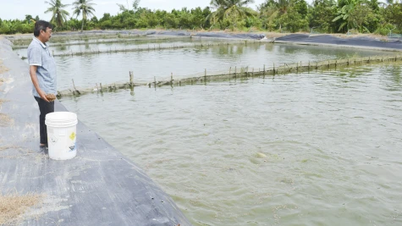

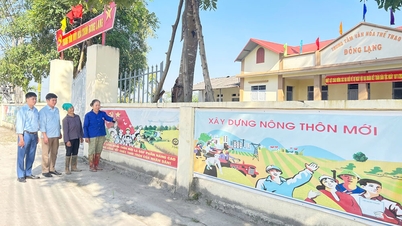

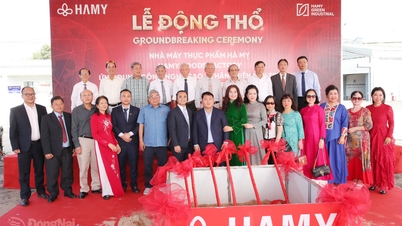

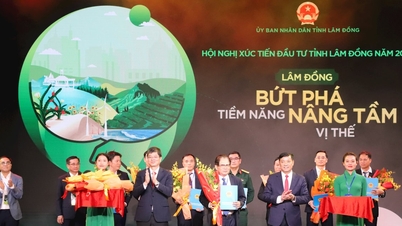
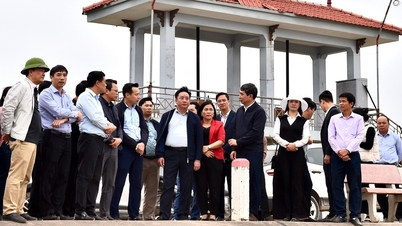





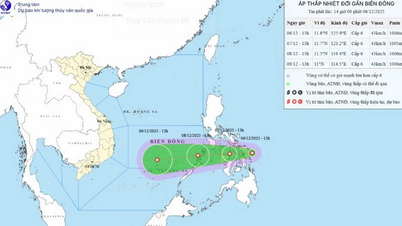
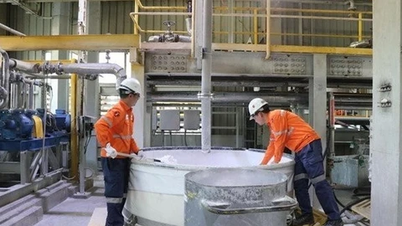

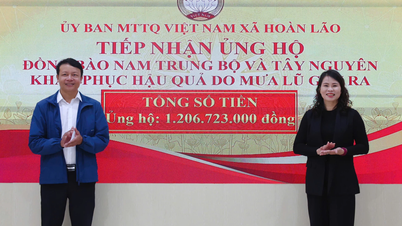
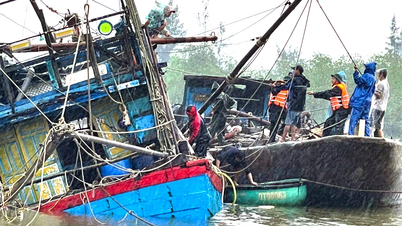
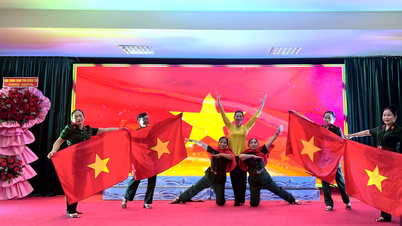



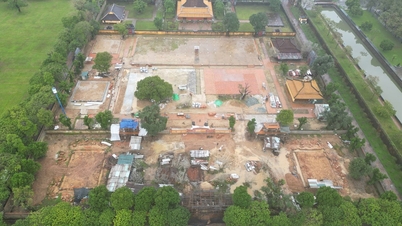





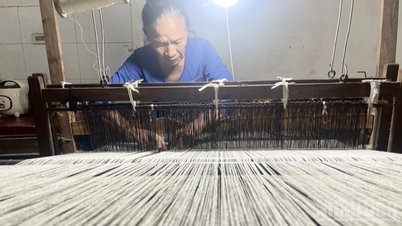










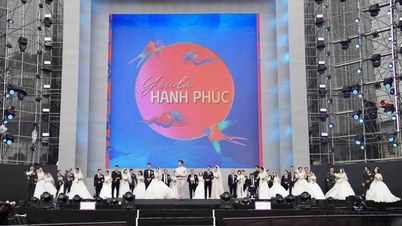


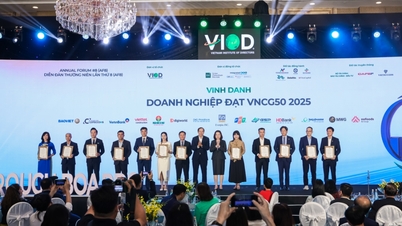

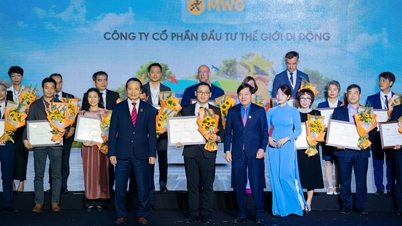
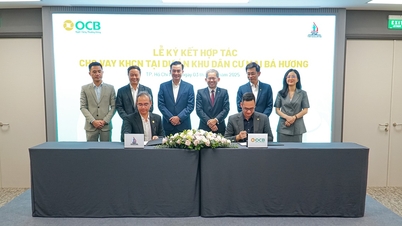






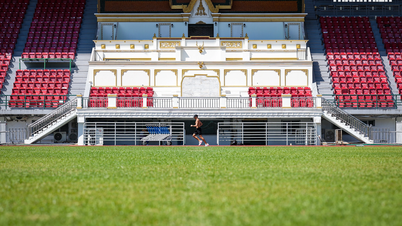

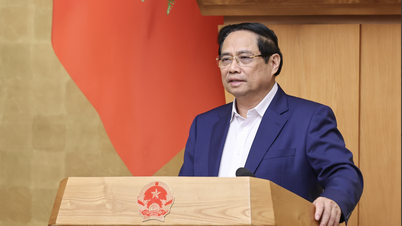



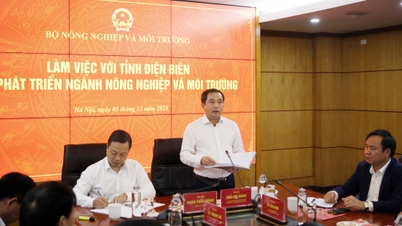

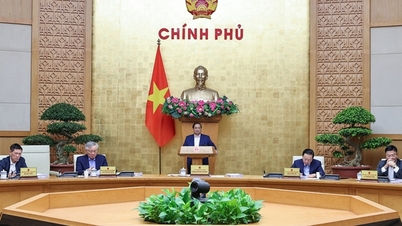


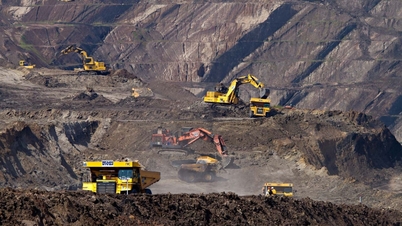

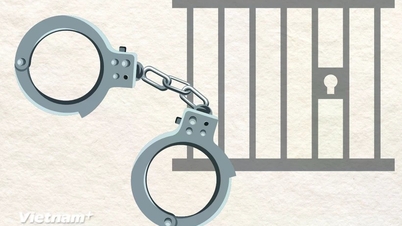

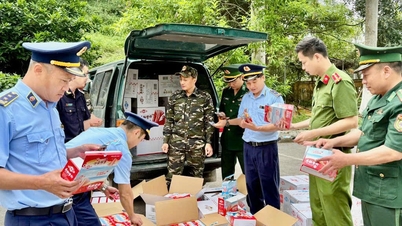
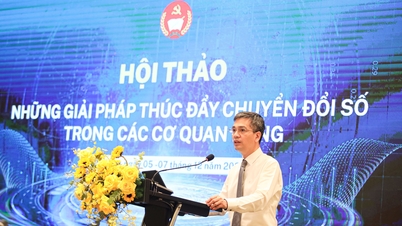
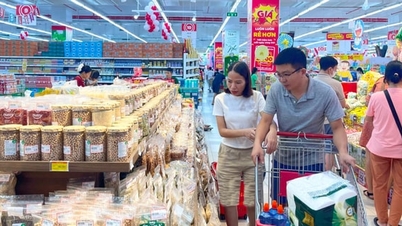


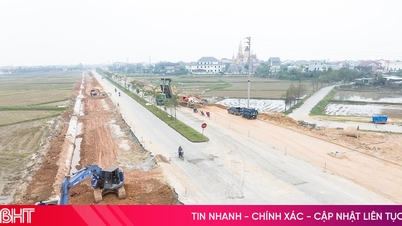

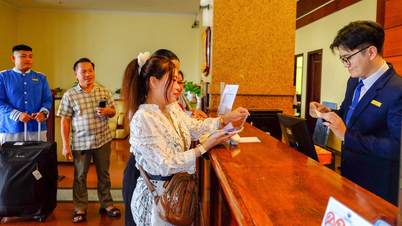


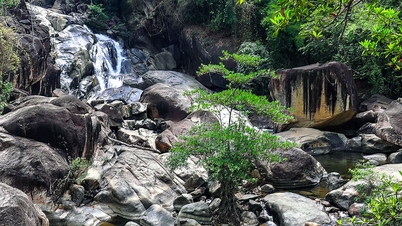









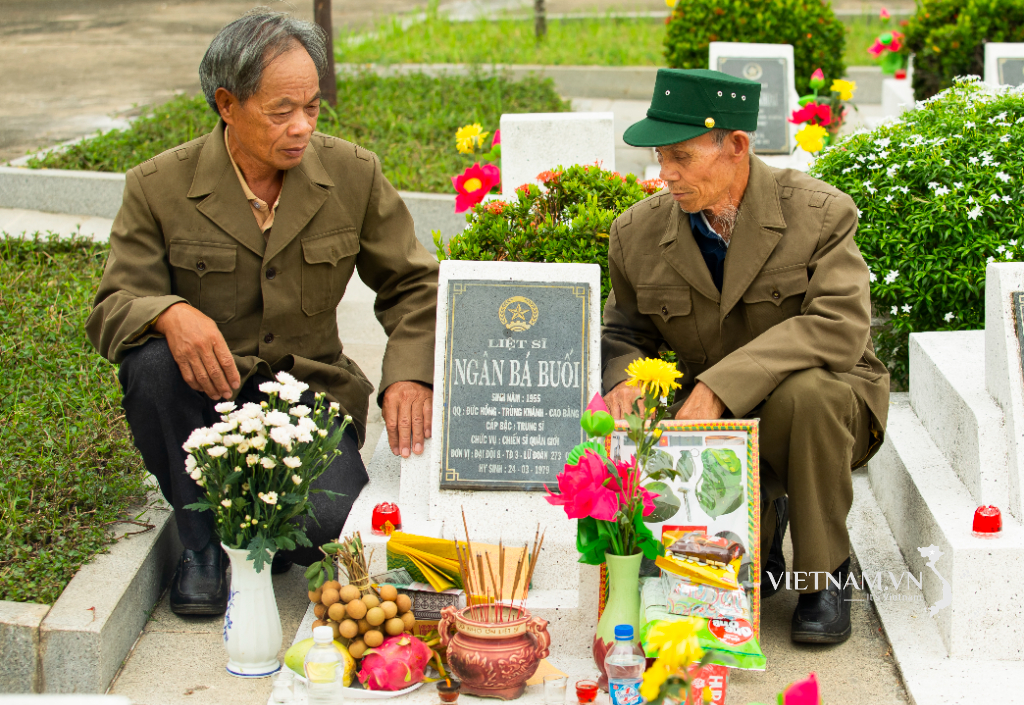






Comment (0)